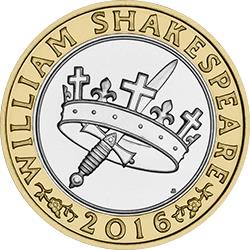Posts Tagged ‘history’
Celebrating a true hero – The UK Mary Seacole £5
For nearly 100 years, the story of an incredible, heroic woman was forgotten, but Mary Seacole is finally receiving the recognition she deserves by being celebrated on a UK coin.
A true likeness
This brand new UK £5 coin has been issued to mark Mary Seacole’s selfless efforts during the Crimean War, where she cared for sick and injured soldiers.
The reverse design by Sandra Deiana is based on a genuine photograph of Seacole. The photograph was taken around 1870 and is now held at Winchester College.
Caring in the crossfire
From the age of 12, Mary Seacole helped her mother, a nurse who specialised in traditional Jamaican medicine. Inspired by her mother and following the death of her husband, Mary focussed on caring for the sick.
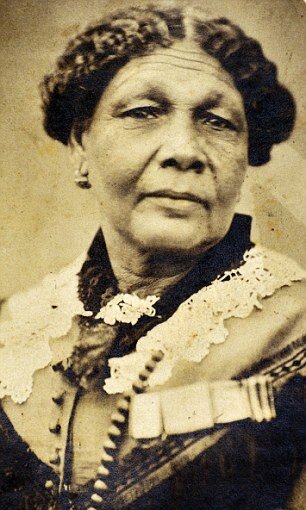
Credit: Public Domain via Wikimedia Commons
Her medical expertise was invaluable during the Crimean War, where, along with Thomas Day, she opened a ‘British Hotel’ near the battlefields. She devoted her time and resources to caring for sick and injured soldiers, even riding on horseback into the battlefields under fire to help men from both sides of the conflict.
The 2023 UK Mary Seacole £5 has been created in collaboration with ‘The Mary Seacole Trust’ to pay tribute to her dedication to helping others.
‘The Wonderful Adventures of Mrs. Seacole in Many Lands’
In 1957, Seacole penned a memoir, fittingly named ‘The Wonderful Adventures of Mrs. Seacole in Many Lands’ which detailed her humanitarian contributions during her 75 years. It wasn’t until the 1970s that people started to discover her story and realise how much of an impact she made on history.
Seacole was commemorated with a memorial in 2016 which is located in front of St Thomas’ Hospital. The sculpture was designed by none other than Martin Jennings, the creator of the King Charles III effigy that we see on UK coinage.
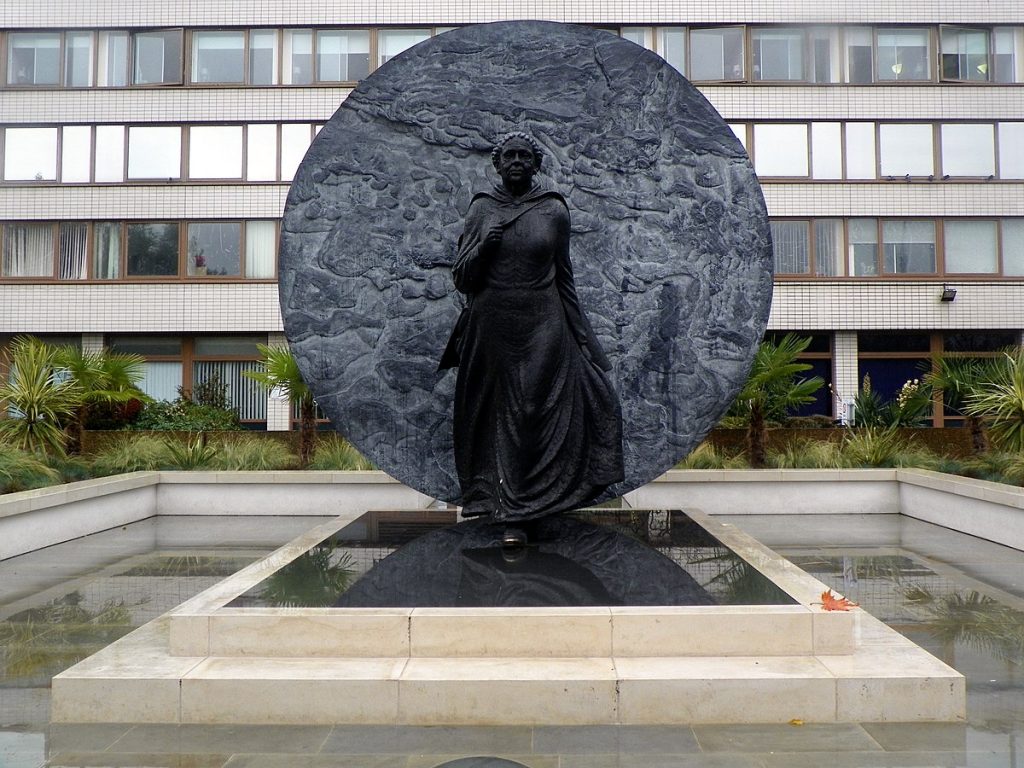
Credit: Peter O’Connor aka anemoneprojectors, via Wikimedia Commons
Secure your 2023 UK Mary Seacole £5
You can celebrate Mary Seacole’s eventful life by securing the 2023 UK Mary Seacole £5 in Brilliant Uncirculated quality for just £13.99 (+p&p) >>
National Storytelling Week – stories told through coins!
Today marks the start of National Storytelling Week, which is celebrated in February each year. It’s a great chance for people to share their own stories and listen to the stories told by others.
As part of the celebrations, we’ve taken a look at some UK coins that celebrate some of the very best storytellers.
William Shakespeare
One of the greatest storytellers and playwrights of all time, William Shakespeare, shot to fame during the Elizabethan and Jacobean ages of British theatre.
He wrote 38 plays, 2 narrative poems, 154 sonnets and a variety of other pieces!
In 2016 to commemorate the 400th anniversary since his death, The Royal Mint issued a three-coin series, each taking inspiration from a theme of Shakespeare’s plays.

This coin’s design was inspired by Shakespeare’s history plays, with an edge inscription that reads: “The Hollow Crown”, from his play “Richard II”.
The other £2 coins take inspiration from his Tragedies, with an inscription taken from Hamlet, and his comedies with this coin’s inscription reading ‘All the world’s a stage’ from As You Like It.
Beatrix Potter
Beatrix Potter’s enchanting tales of countryside characters, including Peter Rabbit and Mrs. Tiggy-Winkle skyrocketed her to stardom. The Tale of Peter Rabbit was published in 1902 and it instantly became a best-seller!
And it was in 2016 that Peter Rabbit escaped from Mr. McGregor’s Garden and made his first debut on United Kingdom coinage.
Issued to celebrate 150 years since the birth of renowned Children’s author, Beatrix Potter, this 50p changed coin collecting forever.
This series of coins continued into 2017, 2018 and 2019. Fifteen Beatrix Potter coins have now been issued since 2016, each featuring one of Potter’s delightful characters, from Flopsy Bunny to Mrs. Tiggy-Winkle.
The title of the rarest of the Beatrix Potter 50p actually belongs to two coins! The 2018 Peter Rabbit and 2018 Flopsy Bunny both have a mintage of just 1.4 million!
Charles Dickens
A list of great story tellers wouldn’t be complete without Charles Dickens!
Dickens’ enchanting stories, vivid characters, and depiction of Victorian life are widely acknowledged across the world by critics and scholars alike and his novels and short stories continue to be widely popular to this day.
The reverse design of this £2 coin by Matthew Dent features Dickens’ recognizable profile crafted from the titles of his most famous works.
This coin had a circulating mintage of 8,190,000 and is one of my personal favourites!
Agatha Christie
Agatha Christie’s first novel The Mysterious Affair at Styles was published in 1920 and it kick-started the nation’s love of her detective novels and murder mysteries.
In 2020, to mark 100 years since her first publication, The Royal Mint celebrated the world’s best-selling novelist with this £2 coin.
David Lawrence’s design of this coin pays homage to Christie’s crime novels, with a piece of a jigsaw slotting into place and her signature at the bottom.
The coin also features the edge inscription ‘100 years of mystery 1920’-2020’ to mark this very special anniversary.
Sherlock Holmes 50p
In 2019, to mark 160 years since the birth of Sir Arthur Conan Doyle, The Royal Mint issued this 50p coin.
The prolific writer is best known for his incredibly popular detective stories featuring the fictional Sherlock Holmes™. It is said his works revolutionized the crime genre, and despite Doyle sharing an ambivalent relationship with his famous character, Holmes’ popularity resulted in Doyle becoming one of the best-paid authors of the time.
The reverse has been designed by Stephen Raw and features a silhouette of Sherlock smoking a pipe, surrounded by a few of his most-famous story titles.
Are there any other great storytellers you think should be celebrated on our UK coins? Comment below!
Never miss a future UK coin issue!
Join the Change Checker UK CERTIFIED BU Subscription Service and receive new UK coins sent to your door without the hassle of placing orders on the day of release!
The History of Coin Collecting
Coin collecting is a hobby that spans across generations, but did you know it also spans across centuries?
In this blog, we talk you through the different phases of coin collecting!
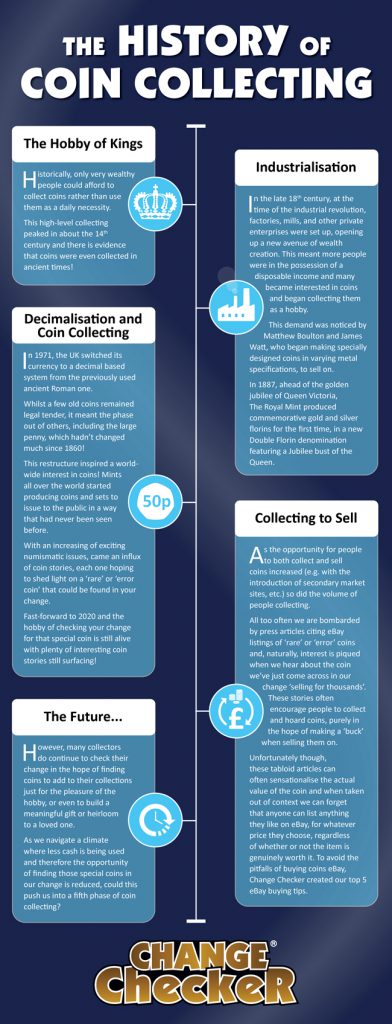
The Hobby of Kings
Historically, only very wealthy people or royals could afford to collect coins rather than use them as a daily necessity.
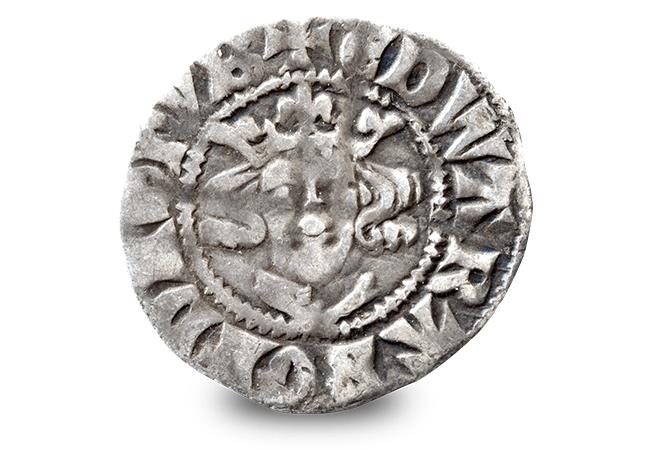
This high-level collecting peaked in about the 14th century and there is evidence that coins were even collected in ancient times!
Industrialisation
In the late 18th century, at the time of the industrial revolution, factories, mills, and other private enterprises were set up, opening up a new avenue of wealth creation. This meant more people were in possession of a disposable income and many became interested in coins and began collecting them as a hobby.
This demand was noticed by Matthew Boulton and James Watt, who began making specially designed coins in various metal specifications, to sell on.
In 1887, ahead of the golden jubilee of Queen Victoria, The Royal Mint produced commemorative gold and silver florins for the first time, a new Double Florin denomination featuring a Jubilee bust of the Queen.

This was to start a tradition of producing ‘special’ coins to mark particular historic or royal anniversaries that carried through to the 20th century.
Decimalisation and Coin Collecting
In 1971, the UK switched its currency to a decimal based system from the previously used system dating back to ancient Roman times.
Whilst a few old coins remained legal tender, it saw the phase out of others, including the large penny, which hadn’t changed much since 1860!
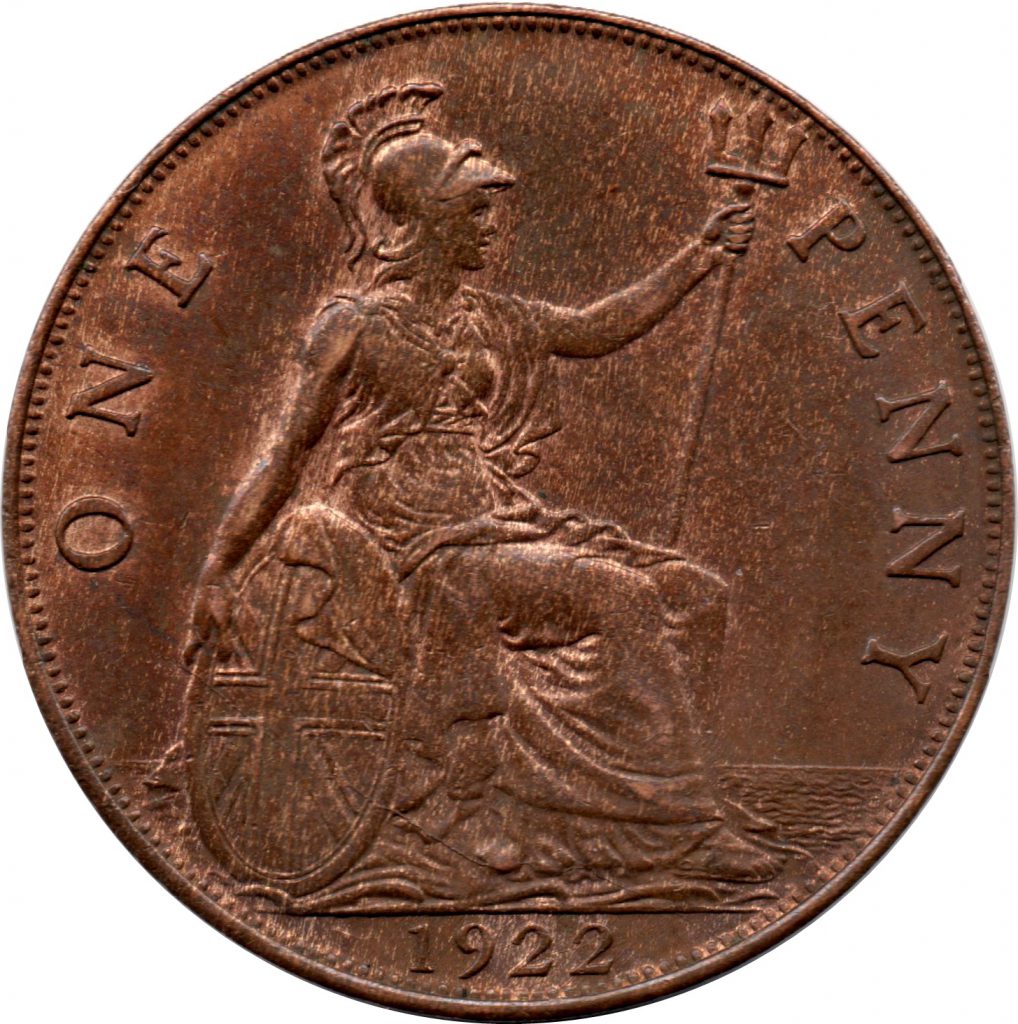
This restructure inspired a world-wide interest in coins! Mints all over the world started producing coins and sets to issue to the public in a way that had never been seen before.
With an increasing of exciting numismatic issues, came an influx of coin stories, each one hoping to shed light on a ‘rare’ or ‘error coin’ that could be found in your change.
Fast-forward to 2020 and the hobby of checking your change for that special coin is still alive with plenty of interesting coin stories still surfacing!
Collecting to Sell
As the opportunity for people to both collect and sell coins increased (e.g. with the introduction of secondary market sites, etc.) so did the volume of people collecting.
All too often we are bombarded by press articles citing eBay listings of ‘rare’ or ‘error’ coins and, naturally, interest is piqued when we hear about the coin we’ve just come across in our change ‘selling for thousands’. These stories often encourage people to collect and hoard coins, purely in the hope of making a ‘buck’ when selling them on.
Unfortunately though, these tabloid articles can often sensationalise the actual value of the coin and when taken out of context we can forget that anyone can list anything they like on eBay, for whatever price they choose, regardless of whether or not the item is genuinely worth it. To avoid the pitfalls of buying coins eBay, Change Checker created our top 5 eBay buying tips.
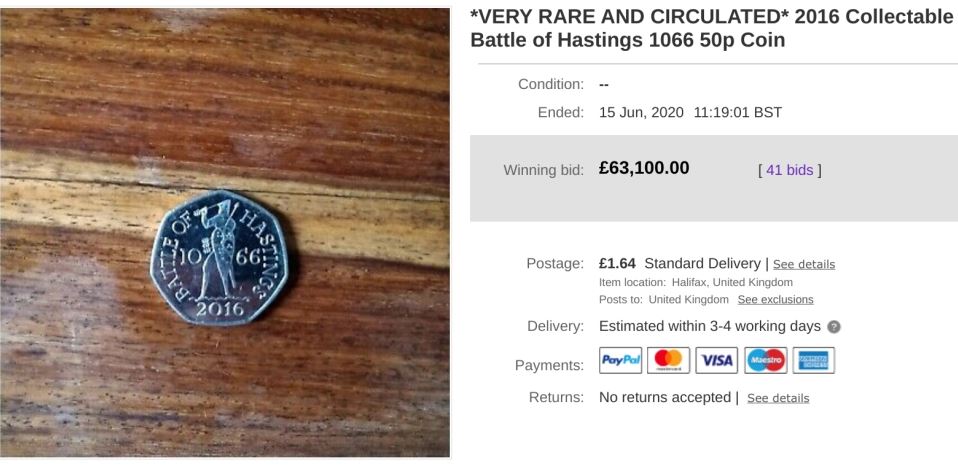
However, many collectors do continue to check their change in the hope of finding coins to add to their collections just for the pleasure of the hobby, or even to build a meaningful gift or heirloom to a loved one.
As we navigate a climate where less cash is being used and therefore the opportunity of finding those special coins in our change is reduced, could this push us into a fifth phase of coin collecting?
Secure the History of Britain in Coins Collecting Album!
Secure one to your collection today by clicking here >>




